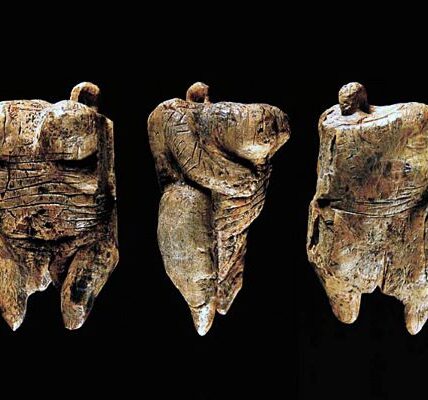
Sushma Sabnis
Enigma of Art Districts
Mueller Bhavan, J. J. School of Art, Artist’s Centre, etc. The centre of this zone, the Kala Ghoda area, is flanked on either side by the private galleries and institutions which act as symbiotic elements of this burgeoning art district. Eminent artist and member of the Kala Ghoda Committee, Brinda Miller, says that the Kala Ghoda Art Festival (KGAF), established over 15 years ago, gave rise to the Kala Ghoda Art District (KGAD) phenomenon as the successful festival urged art galleries to open shop on Rampart Row and become part of the art district. She observes that there still are many art galleries opening up, like Gallery 7 which moved to its new space on Rampart Row, Delhi Art Gallery and Tarq which are rumoured to be opening soon. Brinda believes that it is easier for art lovers and buyers to come to one place to access art. She also believes that the public art changes the landscape of the art district, with conservation projects and murals to add to its value. More number of hubs like KGAD should emerge in the suburbs to make art more accessible, though, “Kala Ghoda will always remain The Art District of Mumbai”, she adds.
Tara na Khubcha nda ni- Art & Soul Centrali zatio n good .. but not mandatory ! Gallery Art & Soul, Mumbai has been in the art business since 2004. Situated close to the government run Nehru Centre Art Gallery and other private art galleries in the business sector of Worli, the gallery caters to patrons from offices and residential zones in the vicinity. Tarana Khubchandani believes that an Art Hub /District can encourage walk-ins and make it convenient for the patrons from all over to visit several galleries at one time, saving a lot of time, especially in a dynamic city like Mumbai. However, she says, ‘I absolutely do not believe that is it mandatory to be centralized to be a successful art space. Speaking from my personal experience, interesting shows have attracted crowds in spite of not being in the Kala Ghoda Art District; case in point is Jehangir Art Gallery, five years back, I believed that doing a show every year there attracted lots more footfalls than Worli. Today I have realized that we see many more interested patrons even at Worli and the location doesn’t seem
as critical’. She believes that if neighbouring galleries linked up their shows, the experience becomes more challenging and stimulating for the viewers. For galleries, a healthy exchange of thoughts, trends ensure better viewing experiences and sales. She does however, show concern about the web platform/ internet making the commute by visitors redundant.
When asked if rivalry and competition between galleries and loss of uniqueness is a downside of centralization, Tarana is of the opinion that as a gallery, a healthy exchange of ideas and thoughts is necessary among gallerists. She believes in every gallery’s ideological individuality.
She prefers to focus on her long term objectives and work accordingly rather than compete with others in the field. The
dangers of not being part of a cluster of galleries, in her opinion are marginalization and exclusion, besides unless the show is interesting enough not too many visitors will venture out specifically to a stand alone gallery to see one mediocre show. Tarana maintains the uniqueness of her gallery by looking at the micro and macro aspects. ‘A synergy between other galleries in the vicinity, though healthy and mutually stimulating, one has to keep track of their long term goals for their gallery and stay focused, which requires an objectivity and some distance’ she says. From a perspective of sale of art works, she thinks that centralization is a positive move, as it encourages the mutual cultivation of a captive audience. She believes, artist’s works get a considerable amount of exposure, but the gallery’s reach and influence contributes significantly to reach out to a To Centralize or City of dream fulfillment, Mumbai has forever been the alma mater
for a variety of businesses and Art is no exception. When specific areas in such a city pulsate with art activity using the catalyst of joint efforts to tap a creative energy, an Art District is born. As some gladly accept and others doubt the Art District phenomenon, Sushma Sabnis tries to glean the why and why-not of centralization in a series of interviews with the
sharp gallerists of Mumbai. Decentralize : Enigma of Art Districts much larger audience, regardless of its location or being part of any art hub or art district. She adds that her gallery supports an annual breast cancer charity, and most of the artists the gallery represents are women. The art gallery offers a neutral gallery space within Mumbai’s contemporary art scene with a more democratic art practice. She believes as much as being part of a whole is beneficial, maintaining the gallery’s individuality is also crucial in the long run. Sushma Sabnis Brinda Miller Kalpana Shah

